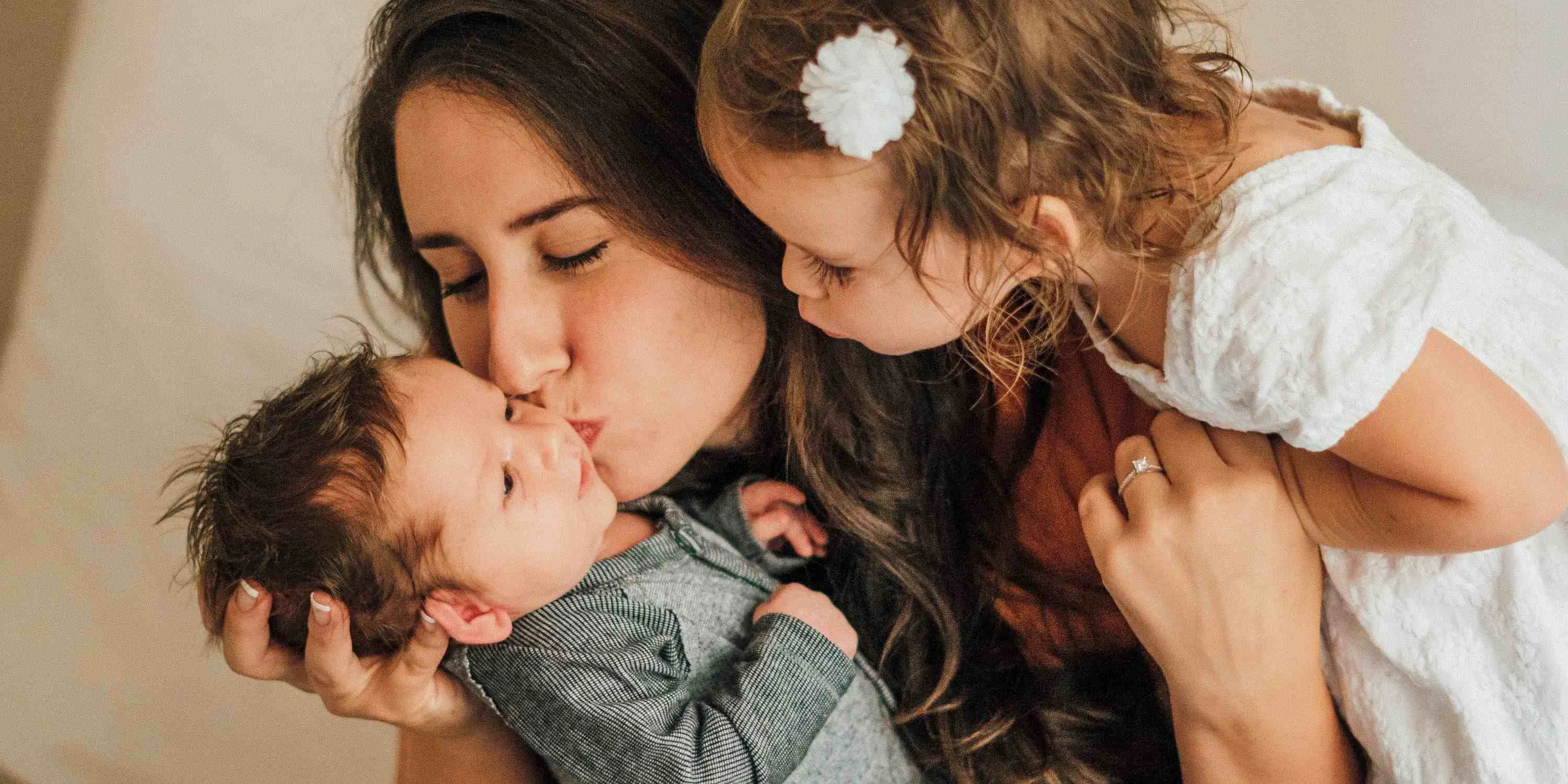The best way to enjoy a wonderful birth experience is if everything is as stress-free as possible. Good preparation is an enormous help – especially since no one can foresee how labor will go. First-time mothers, in particular, face a completely new, overwhelming situation with many emotions. It is therefore often a relief for pregnant women to have things well prepared in good time. An important element here is the hospital bag or maternity bag. What are the essentials? What can stay at home? What can be organized in advance?
When should I pack my hospital bag?
Preferably 6 weeks before the birth. Babies sometimes make an appearance unexpectedly early – it is therefore advisable to be prepared for such an (emergency) case. Important: do not forget to tell your partner or birthing companion where the bag is.
A pregnant woman should always carry a form of ID and medical documents containing the most important information about her and the pregnancy (e.g., antenatal care record or similar).
What belongs in the hospital bag?
It is advisable for every pregnant woman to pack a hospital bag – even if she is planning a home birth. It is not possible to predict how labour will go and a hospital stay may become unexpectedly necessary in case of complications. This is especially true if it is necessary to perform a cesarean section.
In this case, a hospital bag containing everything for up to a week's stay helps to prevent your partner from desperately searching for various items. Find out what you need with this well-organized packing list:
Hospital bag checklist:
Hygiene products:
- Toothbrush
- Toothpaste
- Brush/comb
- Shampoo
- Shower gel
- Face and/or body creams (little or no perfume)
- Sanitary pads or maternity pads
- Breast pads
- Lip balm
Optional (depending on personal preferences and hospital equipment):
- Nail file, scissors
- Towel and washcloth
- Hair dryer
- Shaver
- Possibly make-up
- Deodorant, unperfumed if possible
- Tissues
- Extra pillows
- A fan or water spray (to cool down)
- Loose comfortable clothing for labour that doesn’t restrict movement or make you too warm.
- 3 changes of clothing – also loose and comfy. o 7-85-6 pairs of knickers
- 5-6 pairs of knickers – (you may want to bring some disposable ones these are quite practical, but not all women find them comfortable). Make sure that they have a comfortable, very stretchy waistband so that they do not cause discomfort even in the event of a possible cesarean section scar.
- Fluffy Socks – your feet can get surprisingly cold during labour.
- Possibly comfortable sports shoes for short walks indoors or outside
- 2-3 nursing bras and nursing pads
- Dressing gown and slippers
- Flip-flops (for possible showering after birth)

Personal effects/documents:
- Insurance card or insurance documents and, if available, antenatal care record
- Any regular medications
- Allergy certificates if not evident in the antenatal care record
- Headphones
- Mobile phone/MP3 player & charging cable
- Books/E-reader
- Some cash
- If necessary: glasses/contact lenses
- Watch
- Stationery
- Snacks for breaks in labor or waiting periods: glucose tablets, fruit puree sachets, dried fruits and nuts (or anything else that gives an energy boost quickly)
- Fruit juice in small cartons – quickly helps with low blood sugars without being heavy in the stomach (e.g., apple juice or apple juice with still water)
- Music
- Camera/video camera
- 2 muslins/bibs
- Onesies size 0-3M (quantity depends on whether the hospital provides you with anything during your stay)
- 1 romper suit or trousers & jacket size 0-3M for the journey home – you usually don't need any additional clothing in the hospital, but it's best to ask in advance!
- 1 hat
- 1 pair of socks
- 1 pair of scratch mittens
- Depending on the season: sun hat, snow suit, jacket, gloves
- 1 blanket
- 1 baby car seat – with insert for newborns depending on the model
- Newborn soother and a baby bottle for newborns
- Plenty of nappies
Photos: Unsplash, Shutterstock




























